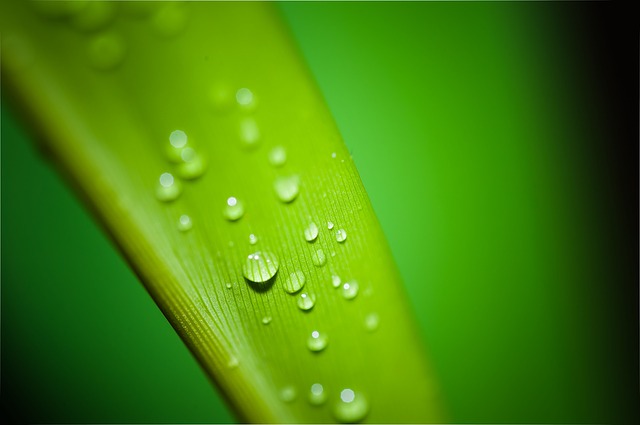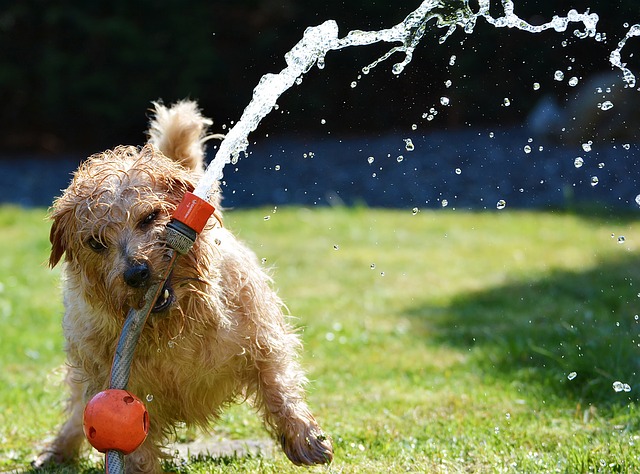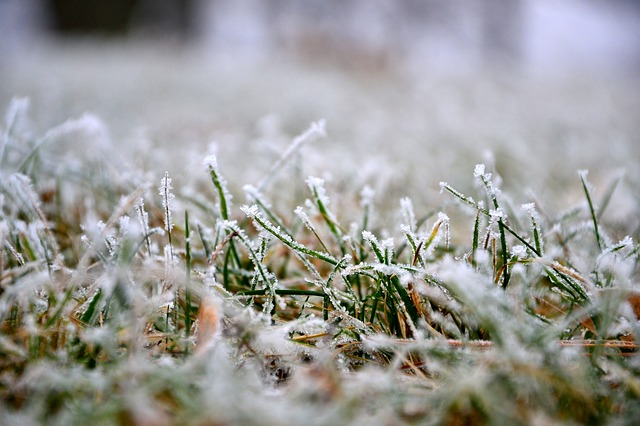How to Properly Water Your Lawn
Quick Facts About Watering Lawns
- In western Colorado, Kentucky bluegrass, tall fescue, and perennial ryegrass lawns must receive regular irrigation to survive.
- Proper watering can help promote a deeply rooted, healthier turf.
- The specific grass species, the condition of the soil, and weather conditions should determine irrigation practices, not the number of days between each watering.
- Drought-stressed lawns are more susceptible to damage from disease and insect pests.
- In most cases, deep and infrequent watering is better for your lawn than watering every day for short periods of time.
- Late evening to early morning (between 10 p.m. to 6 a.m.) is the most efficient time to water.
- Improper watering can cause drought stressed turf. Turf stressed from improper watering is very susceptible to pests and diseases.
Factors that Affect Water Requirements
There are many factors that influence the water requirements for lawns in the Grand Valley. Since no two lawns are exactly alike, a “one-size fits all” approach doesn’t work. Factors such as soil condition, the gradient/slope of the lawn, specific grass species planted and even weather conditions will all play a part in determining the proper water requirements for your lawn. For example, a healthy, high-quality bluegrass or ryegrass lawn may need up to 2.5 inches of water per week under hot, dry, windy summer conditions. Conversely, when the weather is cool or cloudy, this same lawn will require much less water.
If turf-type tall fescue can grow a deep root system, it may perform well with less water than a bluegrass lawn. However, in many cases, tall fescue requires as much water as bluegrass to look good.
Shady lawns and areas protected from the wind will require less water over the growing season than lawns with turf exposed to more sun and windy conditions. Lawns planted on a slope or steep gradient may require shorter and more frequent watering times than a lawn that is level.

When is the Best Time to Water?
Late evening to early morning (between 10 p.m. to 6 a.m.) is the most efficient time to water because it is normally less windy and cooler. Watering between these times will result in less evaporation and more efficient use of water. Also, water pressure is normally better. This results in optimal distribution patterns from the irrigation heads.
The general guideline for watering an established lawn is to water as deeply and as infrequently as possible. Deep and infrequent irrigation will help to stimulate root growth. Healthy root growth is essential for a drought tolerant and pest resistant turf.
While it’s true that a deep, healthy root system produces vigorous turf, rooting depth is determined primarily by genetics and soil condition – not irrigation. Maximum rooting depth occurs when soil conditions allow the roots of a particular species (or variety) to reach their full potential. Proper irrigation alone will not accomplish this. A combination of proper irrigation, proper fertility (from regularly scheduled fertilizations) and regular core aerification maximize rooting depth and overall turf vigor.

Is Winter Watering Necessary?
For established lawns, winter watering is usually not necessary. However, newly seeded lawns started within the last year are especially susceptible to winter desiccation injury and need supplemental winter irrigation. Here in the Grand Valley, where we commonly experience dry winters, lawns are more susceptible to winter grass mites on south-facing exposures and desiccation if occasional winter irrigation is not applied.
If you have questions about the best watering schedule for your lawn, call LiquiGreen 970-256-1928. We’ve been making lawns healthy and green for over 20 years in the Grand Valley.

